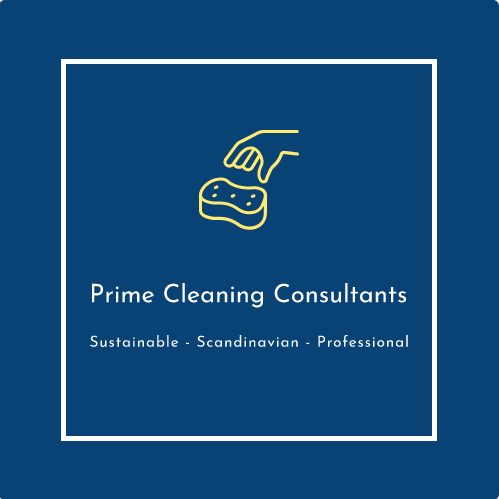Bacteria growth in office and work spaces from simple stains
In the bustling environment of an office, where productivity often takes place, the unseen presence of bacteria thriving in stains is a silent but significant concern. From coffee spills on desks to food residue in communal areas, stains in the office provide fertile ground for bacterial growth. Understanding the dynamics of bacterial proliferation in these environments is essential for maintaining a healthy commercial work space.
Bacteria, those microscopic organisms omnipresent in our surroundings, find ample opportunities to multiply in the diverse array of stains commonly found in office settings. Whether it's a spilled beverage, food crumbs on a keyboard, or ink stains on a desk, these blemishes harbor organic matter that serves as a veritable feast for bacteria. Given the conducive conditions often present in office environments, such as moderate temperatures and humidity levels, bacterial growth can occur at an alarming rate.
The rate of bacterial growth in office stains is influenced by several factors:
Moisture: Stains that retain moisture, such as spills or leaks, create an ideal environment for bacterial proliferation. Moisture provides the necessary hydration for bacteria to thrive and reproduce rapidly.
Nutrient Availability: Organic matter present in stains, such as food particles or bodily fluids, serves as a nutrient source for bacteria. Stains rich in carbohydrates, proteins, and fats provide ample sustenance for bacterial growth.
Surface Type: Porous surfaces, like fabric upholstery or carpeting, can absorb spills and organic matter, creating a hospitable environment for bacterial colonization. Non-porous surfaces, such as glass or metal, may harbor fewer bacteria but can still support microbial growth if not cleaned regularly.
Temperature: Bacteria grow best in moderate temperatures, typically between 40°F (4°C) and 140°F (60°C). Office environments often maintain temperatures within this range, facilitating rapid bacterial proliferation in stains.
In a bustling office work environment, the presence of stains is commonplace, but the potential health risks posed by bacterial growth should not be underestimated. Bacteria present in stains can lead to a variety of health concerns, including:
Illness: Pathogenic bacteria, such as Staphylococcus aureus or Escherichia coli (E. coli), can cause gastrointestinal infections, respiratory illnesses, or skin infections if employees come into contact with contaminated surfaces.
Allergic Reactions: Some individuals may be sensitive to certain bacteria or microbial byproducts, leading to allergic reactions or respiratory symptoms when exposed to contaminated environments.
Reduced Productivity: Illnesses resulting from bacterial contamination can lead to absenteeism and decreased productivity among employees, impacting overall workplace efficiency.
Mitigating the risks associated with bacterial growth in stains, proactive cleaning and hygiene practices are essential. Employers can implement the following strategies to maintain a clean and healthy work environment:
Regular Cleaning: Establish a routine cleaning schedule to address stains and spills promptly. Encourage employees to clean up after themselves and report any spills or stains to maintenance staff.
Use of Disinfectants: Utilize appropriate cleaning agents and disinfectants to effectively eliminate bacteria from surfaces. Pay particular attention to high-touch areas, such as shared desks, keyboards, and communal spaces.
Promote Hygiene: Educate employees about the importance of proper hygiene practices, such as handwashing and sanitizing, to reduce the spread of bacteria in the office.
Invest in Maintenance: Consider investing in stain-resistant surfaces or materials that are easier to clean and less prone to bacterial colonization.
Conclusion, the rapid growth of bacteria in stains poses a significant health risk in office work environments. By understanding the factors influencing bacterial proliferation and implementing proactive cleaning and hygiene measures, employers can create a safer and healthier workspace for their employees. Remember, a clean office is not just about aesthetics—it's essential for employee well-being and productivity.

